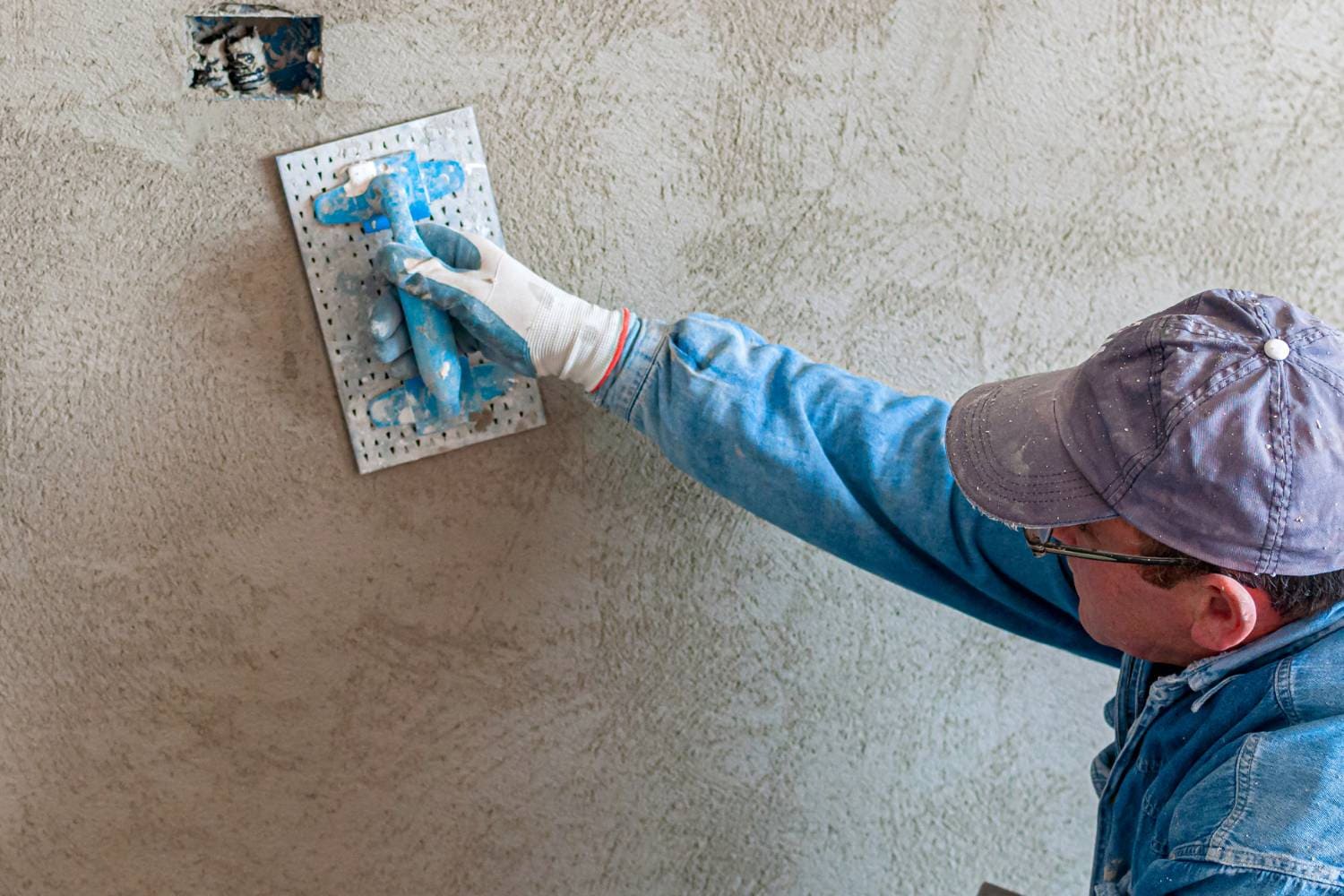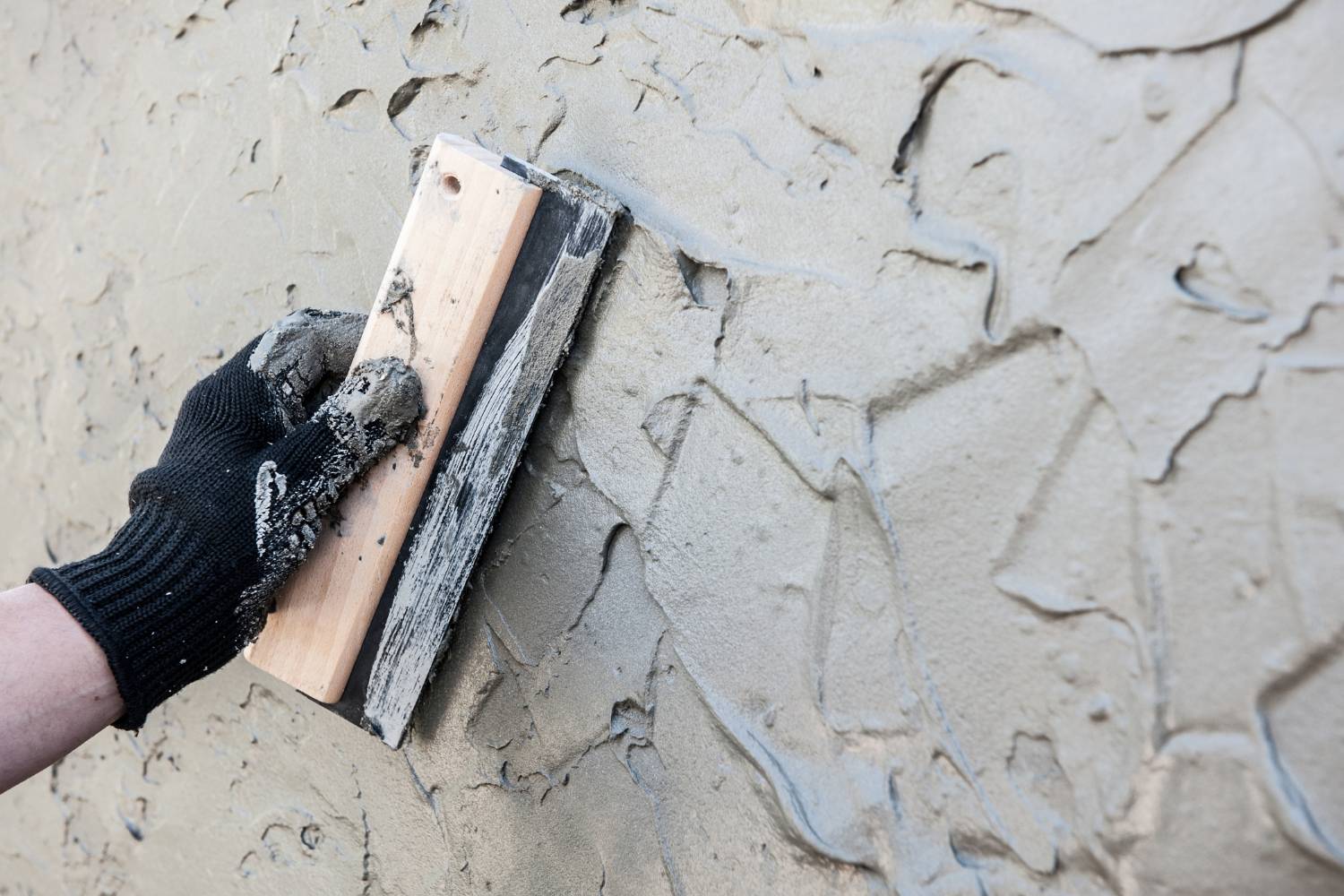After plastering your walls, it can be tempting to immediately paint over the fresh plaster. However, proper timing is crucial to ensure a smooth, long-lasting paint finish.
In this article, we’ll explore how long you need to wait after plastering before painting, taking into account various factors such as the type of plaster, environmental conditions, and the need for a mist coat.
Let’s get straight to the point
After plastering, it’s essential to wait before painting to avoid poor results like cracking or peeling.
Plaster generally needs 2-4 weeks to fully dry, depending on factors like plaster type, thickness, temperature, and humidity. Before applying a topcoat, a mist coat (diluted paint) should be used to improve paint adhesion and prevent cracking.
Mist coats take 24 hours to dry. Rushing the process or skipping steps can result in a low-quality finish, so patience and proper preparation are key for long-lasting results.

Why Is It Important to Wait Before Painting?
Painting too soon after plastering can lead to poor results. Fresh plaster contains moisture, and if you paint over it prematurely, you risk trapping this moisture, leading to cracking, peeling, or even bubbling of the paint.
In Australia, the varied climate can further influence the drying process, so it’s essential to understand when it’s safe to paint.
How Long Should You Wait to Paint After Plastering?
General Drying Time for Plaster
In most cases, plaster needs between 2 to 4 weeks to dry fully before you can safely apply paint. This timeframe can vary based on several factors, which we’ll break down further.
Factors That Affect Drying Time
1. Type of Plaster
Different types of plaster take different amounts of time to dry and cure:
- Gypsum plaster typically dries within 2-3 weeks.
- Lime plaster, on the other hand, can take up to 2 months to fully cure.
Knowing the type of plaster used on your walls can give you a better idea of how long you need to wait.
2. Thickness of the Plaster
Thicker layers of plaster take longer to dry. If a thick coat was applied to fix severely damaged walls, it may take longer than usual for the plaster to fully dry and cure.
3. Temperature and Humidity
The Australian climate plays a significant role in the drying process. High humidity levels can slow down the drying process, while very hot conditions can cause plaster to dry too quickly, leading to cracking. Aim for moderate temperatures and proper ventilation for optimal drying conditions.
4. Ventilation
Adequate airflow is essential for allowing moisture to evaporate from the plaster. Poor ventilation can prolong the drying process, while good airflow can help speed it up. Keep windows open and fans running to ensure the room is well-ventilated.
The Role of a Mist Coat
Before applying your topcoat, it’s vital to use a mist coat on newly plastered walls. A mist coat is essentially emulsion paint diluted with water, usually in a ratio of about 3 parts paint to 1 part water. The purpose of the mist coat is to:
- Allow the plaster to absorb moisture from the paint, preventing the topcoat from drying too quickly and cracking.
- Provide a base layer for better paint adhesion.
How to Apply a Mist Coat
Applying a mist coat is a simple process:
- Mix your emulsion paint with water.
- Apply the coat using a roller or paintbrush.
- Allow the mist coat to dry for 24 hours before applying your topcoat.
Make sure the surface is smooth and free from any imperfections before moving on to the next stage.
How Long Should You Wait After the Mist Coat?
Once the mist coat has been applied, it generally takes around 1 to 2 hours to dry. However, for optimal results, it’s best to wait up to 24 hours before applying the topcoat. This gives the mist coat enough time to fully set, ensuring a smooth finish.
Other Factors to Consider When Painting Over Fresh Plaster
1. Type of Paint
The type of paint you use also affects how soon you can start painting. Some paints are designed for use on freshly plastered walls, while others require the surface to be fully cured. Always follow the manufacturer’s instructions to avoid issues.
2. Temperature and Humidity
As mentioned earlier, the temperature and humidity of the room play a big role in the plaster drying process.
High humidity slows down drying, while excessive heat can cause the plaster to crack. Keep the environment stable for the best results.
Common Mistakes When Painting New Plaster
1. Painting Too Soon
The most common mistake homeowners make is painting too soon. Even if the surface feels dry to the touch, moisture may still be trapped deeper within the plaster. Painting too early can lead to flaking, cracking, and peeling.
2. Skipping the Mist Coat
Another frequent mistake is skipping the mist coat. This step is essential as it helps the topcoat adhere properly to the plaster, reducing the risk of paint bubbling or cracking.

The Importance of Waiting for Plaster to Fully Dry
1. Improved Durability
By waiting until the plaster is completely dry and cured, you ensure that your paint job is long-lasting. Painting over damp plaster can shorten the lifespan of your paint, leading to frequent touch-ups and repairs.
2. Better Paint Adhesion
A fully cured plaster surface provides a stable base for the paint to adhere to. This reduces the risk of peeling and ensures that your final coat looks smooth and professional.
3. Reduced Risk of Mould and Mildew
Fresh plaster that hasn’t dried properly can retain moisture, creating an ideal environment for mould and mildew to grow. Waiting for the plaster to fully dry helps to minimise this risk.
Can I Paint Directly on New Plaster?
While you might be eager to get painted, it’s not advisable to paint directly on newly plastered walls without proper preparation. You must ensure that:
- The plaster is completely dry.
- You apply a mist coat before the topcoat.
- The surface is smooth and ready for painting.
Skipping these steps can result in a poor-quality finish that may not last long.
How Long Should You Wait for Plaster to Dry Before Painting?
In Australia, where temperature and humidity levels can fluctuate, it’s wise to wait at least 2 to 4 weeks before applying any paint.
This allows the plaster to cure properly and provides a stable surface for painting. For thicker plaster or areas with poor ventilation, it might take longer.
Conclusion
Patience is key when it comes to painting newly plastered walls. While the general rule is to wait 2 to 4 weeks, various factors like plaster type, thickness, and environmental conditions can influence this timeframe.
Always apply a mist coat before the topcoat and ensure the surface is dry and smooth for a professional-looking finish.
By following these guidelines, you’ll achieve a flawless paint job that will last for years, saving you time, money, and effort in the long run.
Frequently Asked Questions
Can You Speed Up The Drying Process Of Plaster Before Painting?
Yes, there are several ways to speed up the drying process of plaster before painting. These include increasing air circulation and ventilation in the room, using a dehumidifier or heater, and applying a drying agent or accelerator to the surface of the plaster.
However, it’s important to note that rushing the drying process can result in poor paint adhesion and other issues, so it’s best to follow manufacturer recommendations and allow the plaster to dry fully before painting.
What Type Of Paint Should You Use On Freshly Plastered Walls?
Using a mist coat of emulsion paint on freshly plastered walls is recommended. A mist coat is a watered-down first coat of paint that helps seal the plaster’s porous surface and provide a good base for the topcoats.
The mist coat should be mixed with water at about four parts paint to 1 part water and applied evenly with a brush or roller. Once the mist coat has dried, you can apply the emulsion topcoats or other paint types as desired.
What Are The Consequences Of Painting Over Damp Plaster?
Painting over damp plaster can lead to several consequences, including:
- Poor paint adhesion: If the plaster is not completely dry, the paint may not adhere properly, resulting in flaking, peeling, or bubbling.
- Mould and mildew growth: Damp conditions can promote the growth of mould and mildew, which can damage the plaster and cause health problems.
- Staining: If the plaster is still damp, it may cause the paint to become discoloured or stained.
- Uneven finish: Moisture in the plaster can cause the paint to dry unevenly, resulting in an unattractive finish.
It’s important to ensure the plaster is completely dry before painting to avoid these consequences.
Is It Necessary To Apply A Primer Before Painting Newly Plastered Walls?
It is generally recommended to apply a primer before painting newly plastered walls. Primers help seal the plaster’s porous surface, provide a good base for the paint to adhere to, and improve the overall appearance and durability of the paint job.
Primers can also help prevent issues such as blistering, cracking, and peeling of the paint over time. Different types of primers are available for different surfaces, so it’s important to choose a primer that is appropriate for use on newly plastered walls.
What Are The Signs That Plaster Is Dry Enough To Paint Over?
Several signs indicate plaster is dry enough to paint over, including:
- A consistent colour: The plaster should have a uniform colour across the entire surface, indicating that it has dried evenly.
- No visible moisture: The surface should not feel damp or cool to the touch, and there should be no visible moisture or water droplets.
- Absence of shine: The surface should not have a shiny or glossy appearance, indicating that it is still wet.
- Hardness: The plaster should feel hard and firm to the touch, indicating that it has cured properly.
It’s important to note that drying times can vary depending on temperature, humidity, and ventilation, so it’s best to wait a few days after plastering before testing for dryness and beginning to paint.

